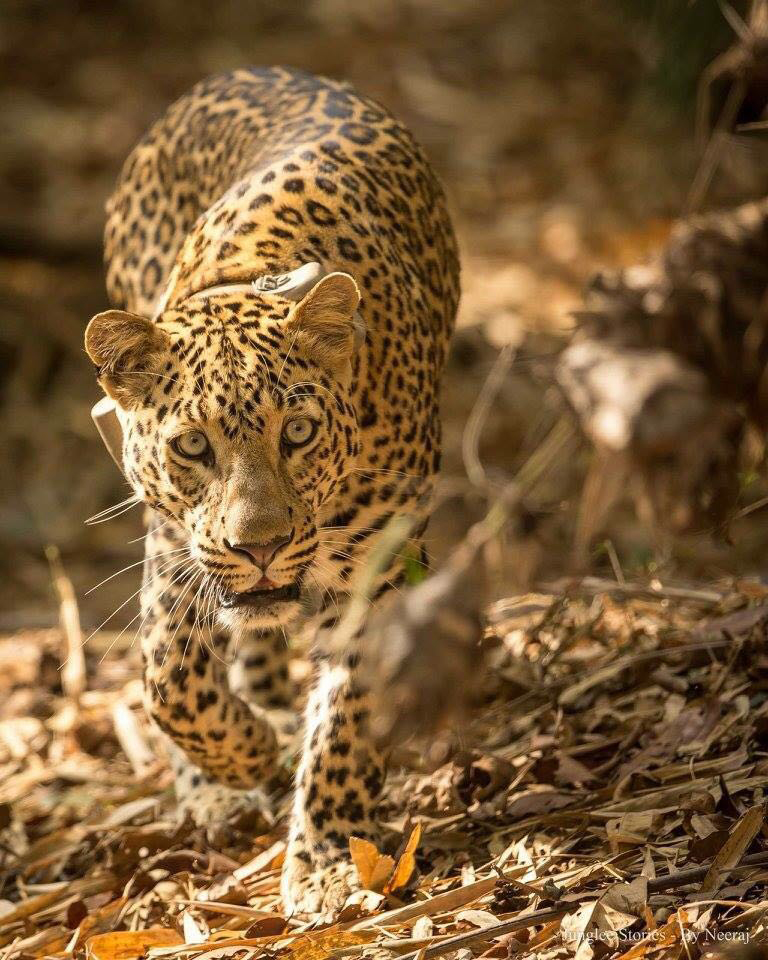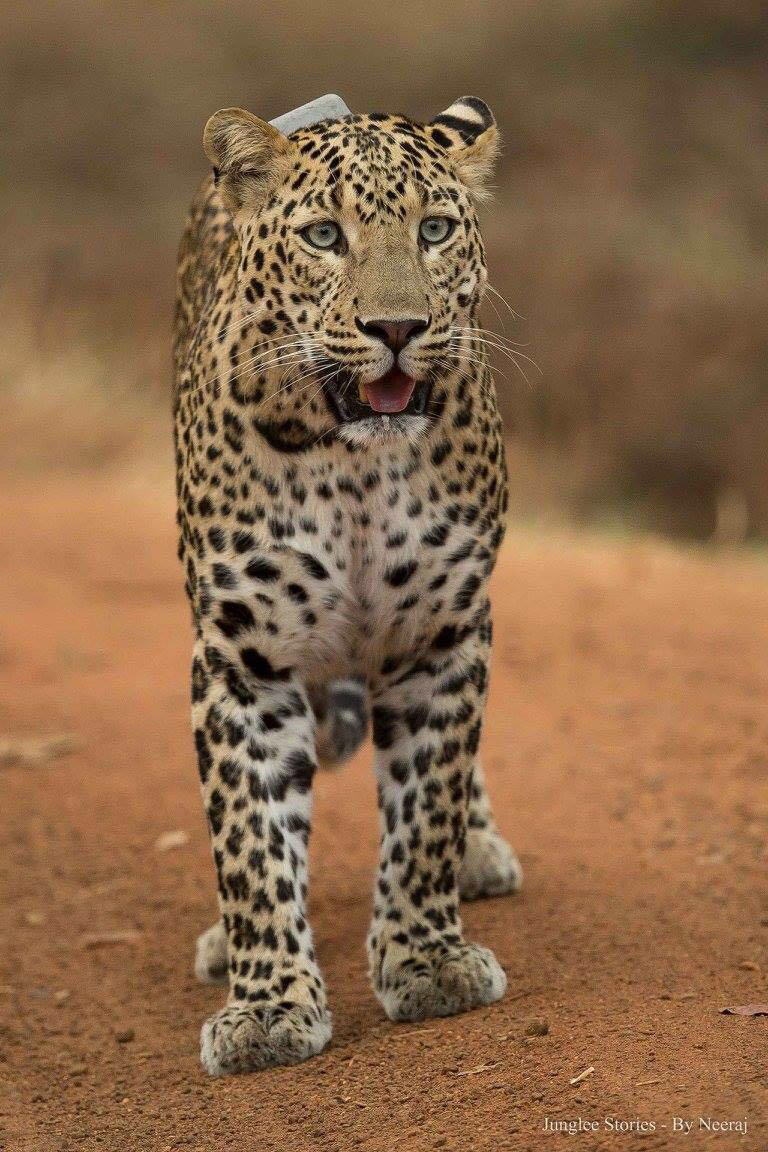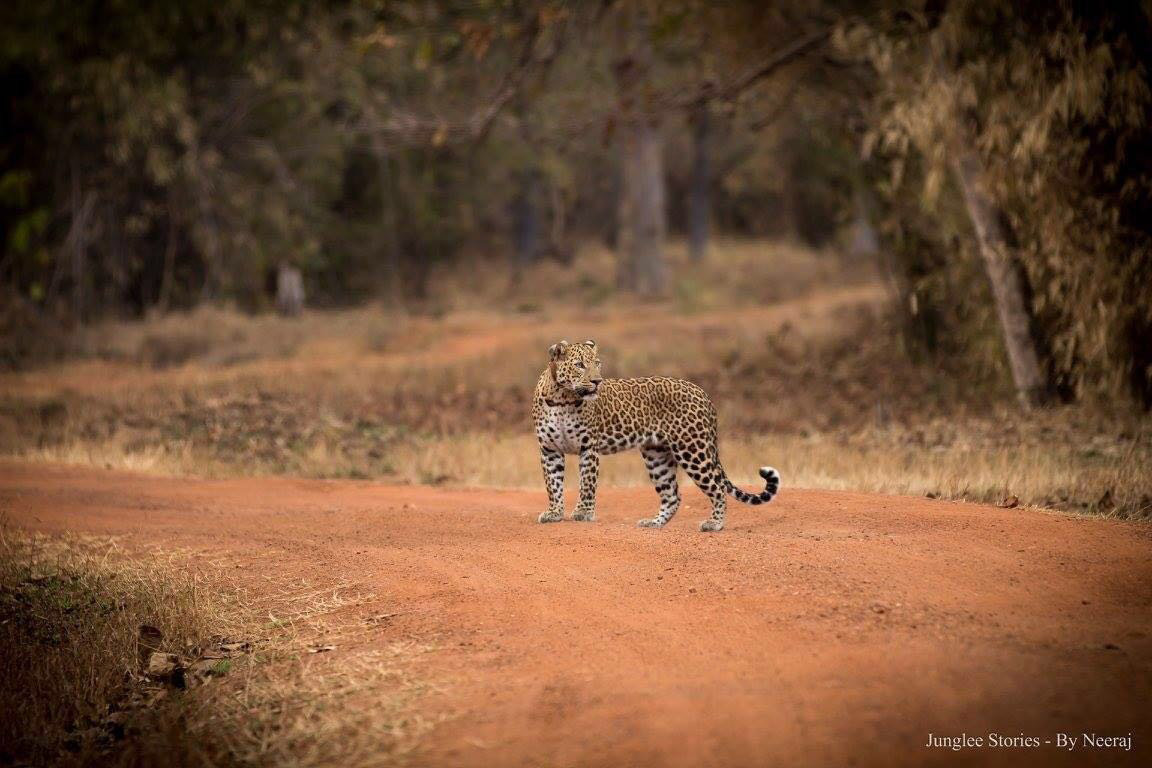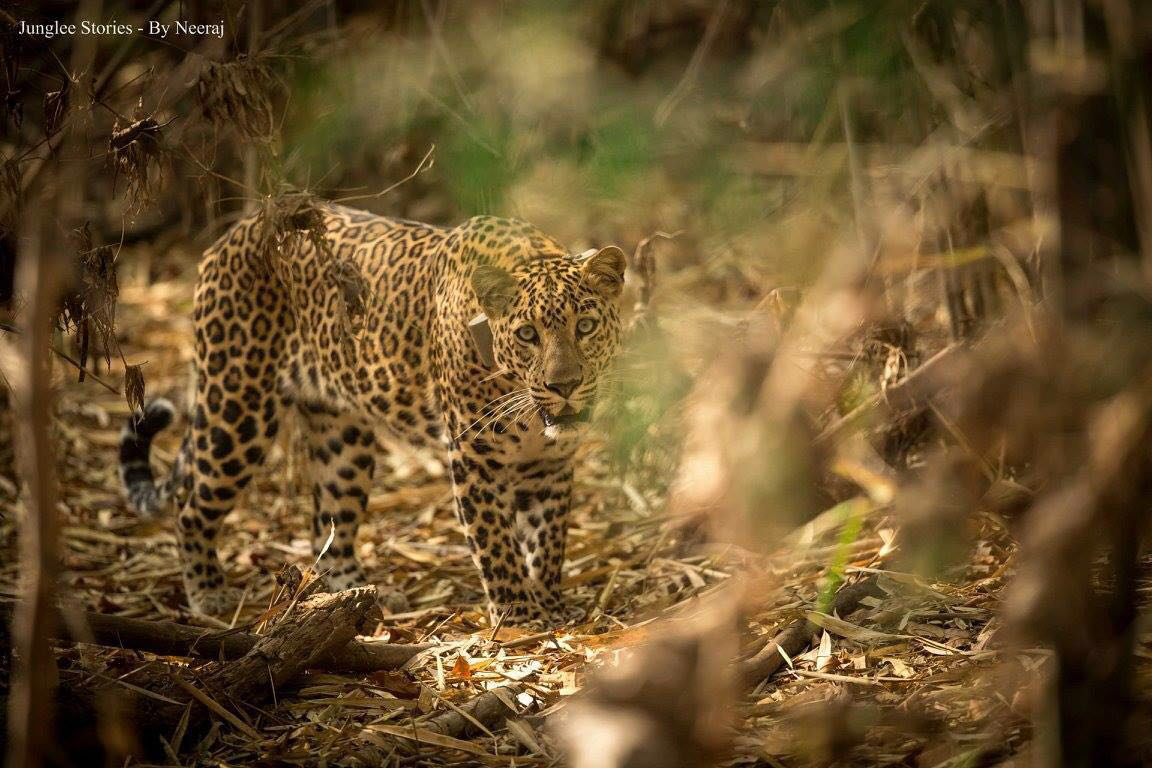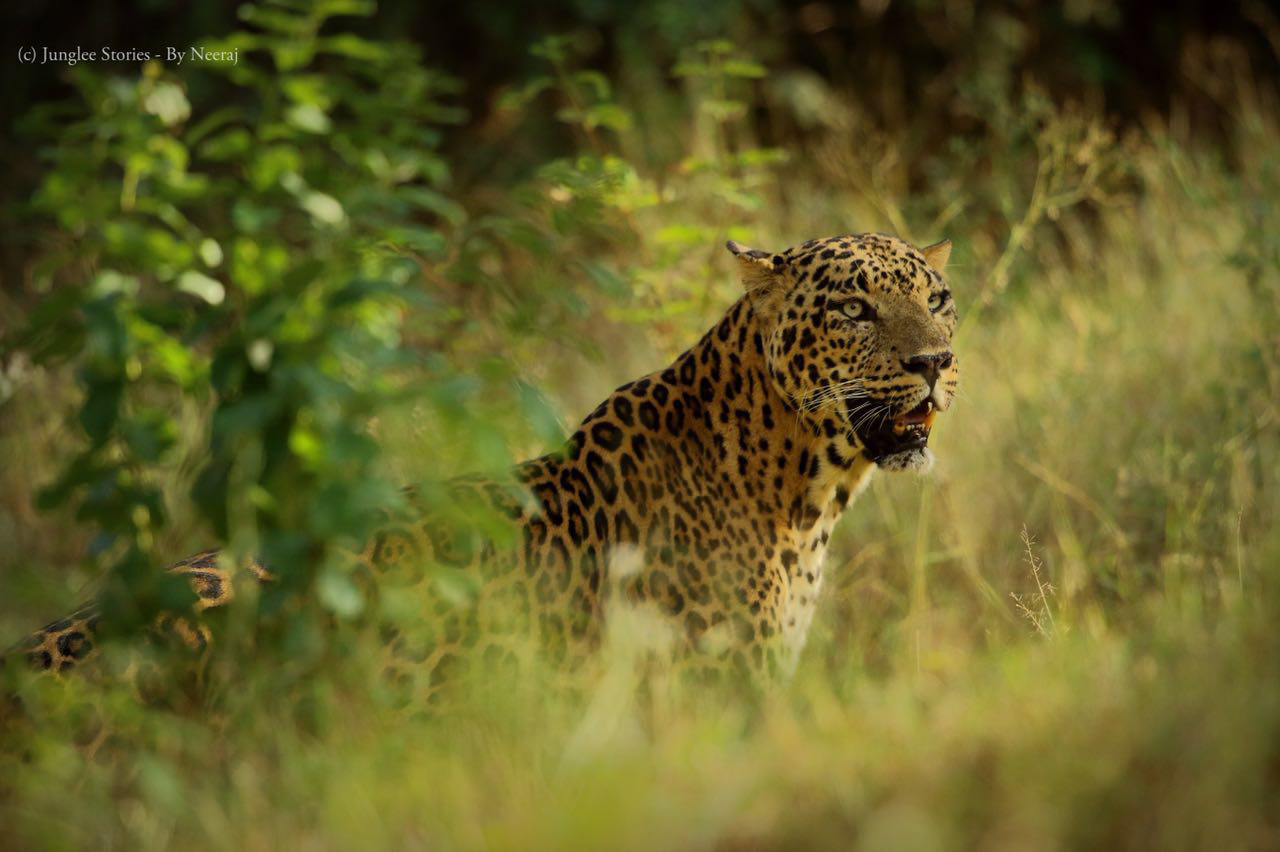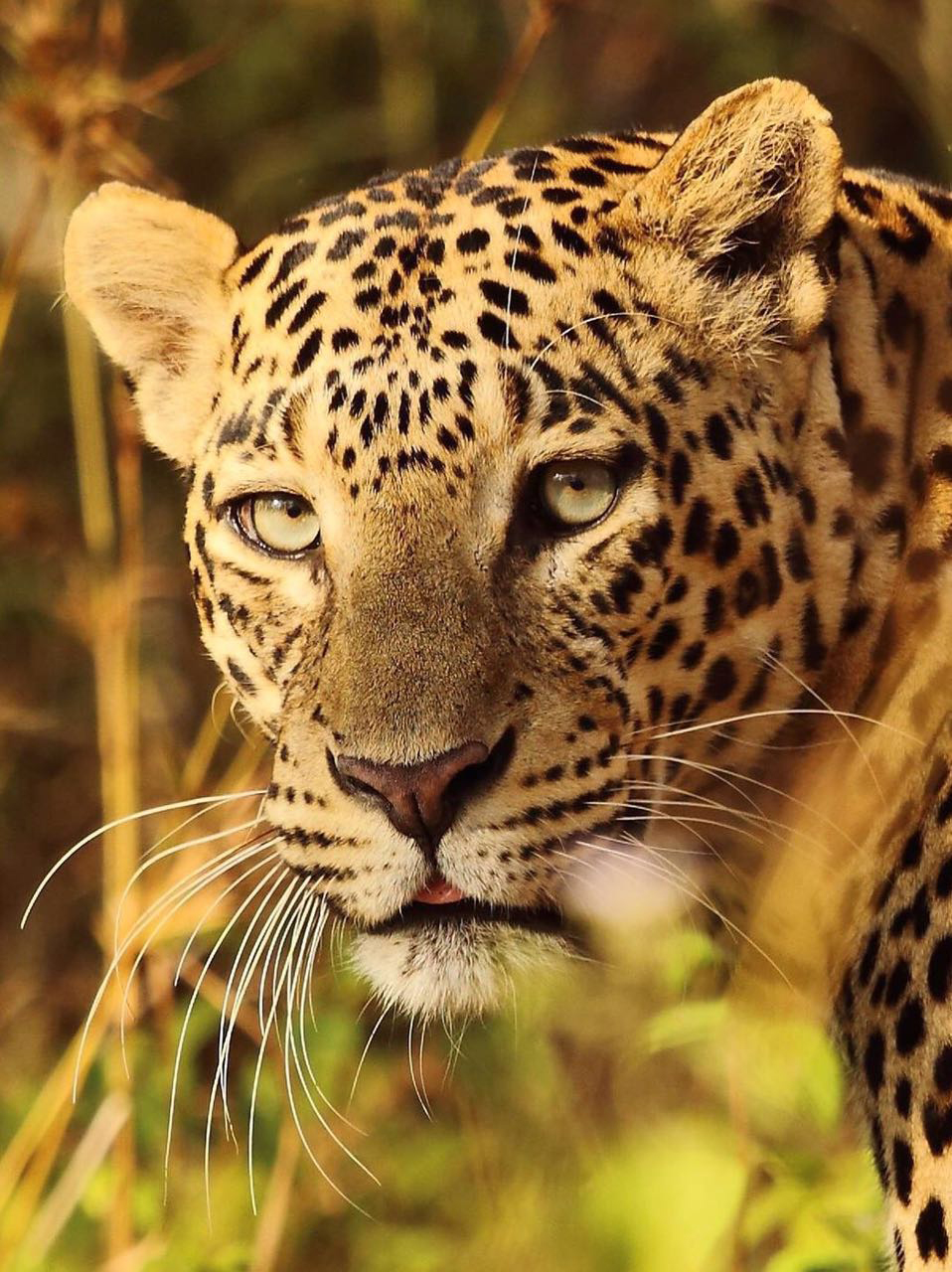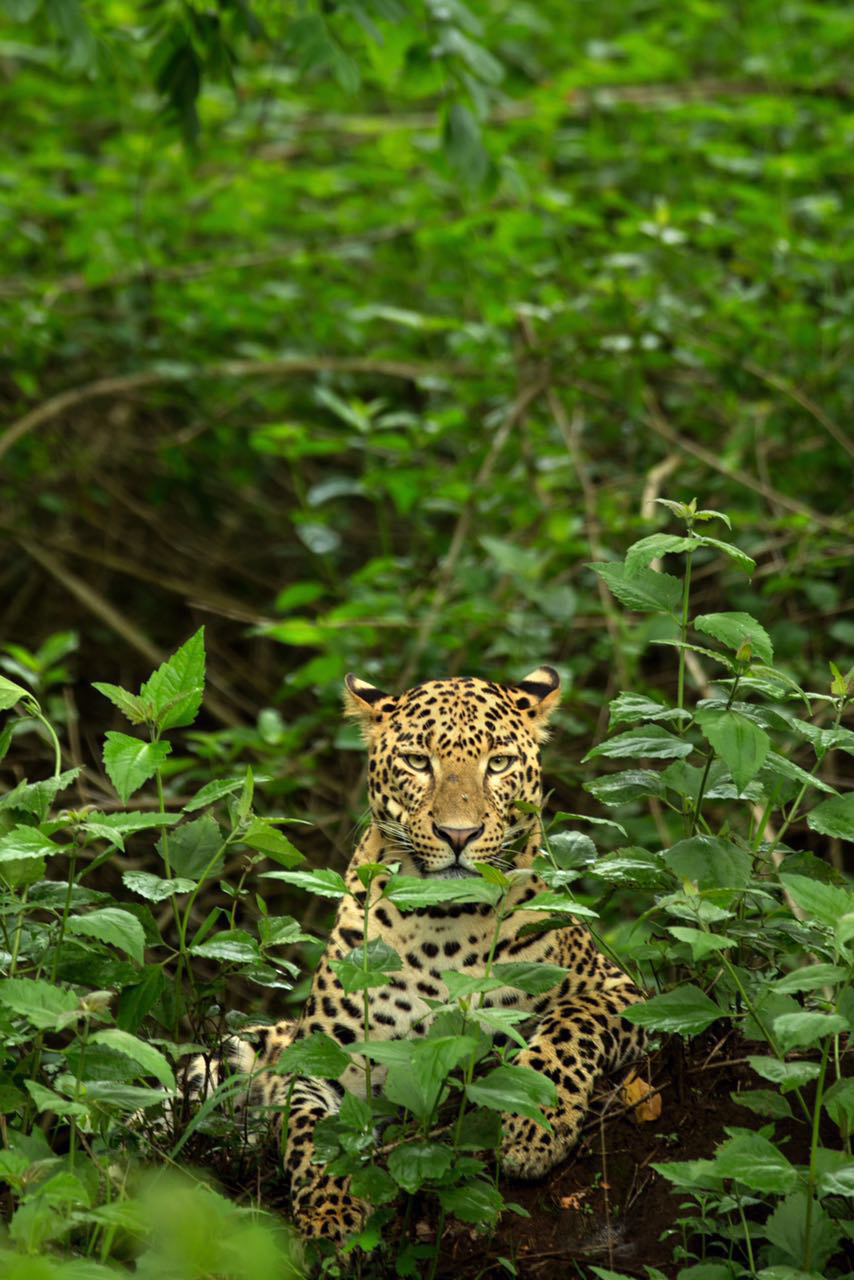Now We Only have 9 Subspecies of Leopards left....
As many as 27 leopard subspecies were subsequently described by naturalists from 1794 to 1956. Since 1996, only eight subspecies have been considered valid on the basis of mitochondrial analysis. Later analysis revealed a ninth valid subspecies, the Arabian leopard. Because of limited sampling of African leopards, this number might be an underestimation.
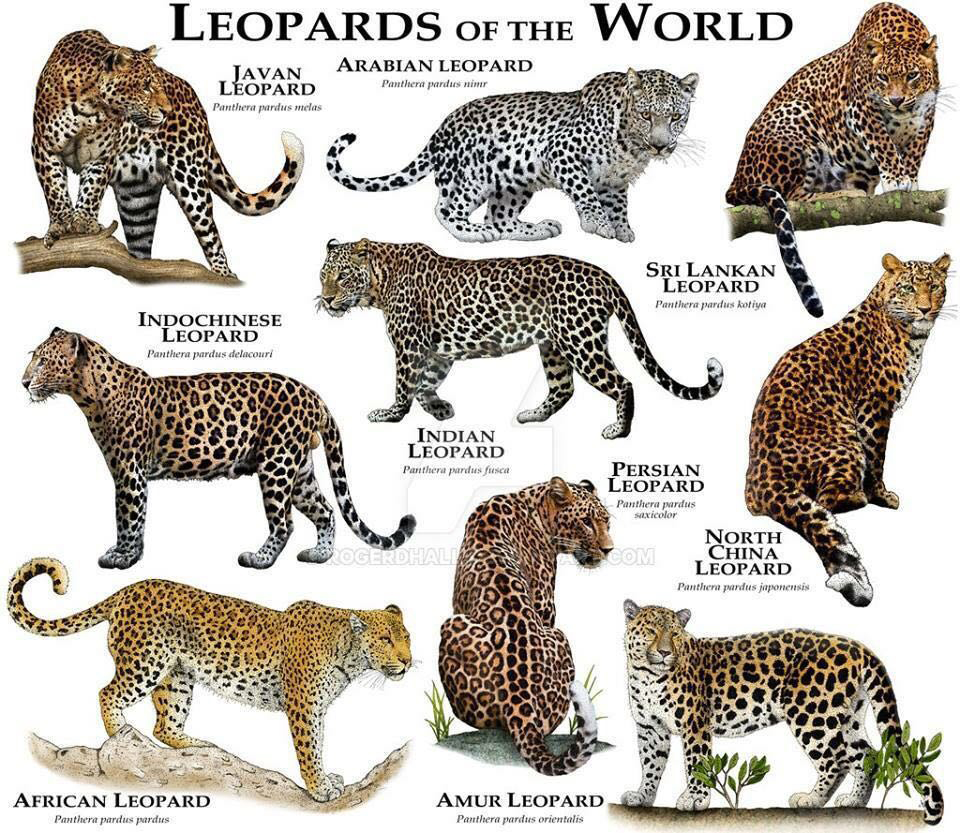
The nine subspecies recognised by IUCN are:
- African Leopard (P. p. pardus): The African leopard (Panthera pardus pardus) is a leopard subspecies native to Africa. It is widely distributed in most of sub-Saharan Africa, but the historical range has been fragmented in the course of habitat conversion.
- Indian Leopard (Panthera pardus fusca) is a leopard subspecies widely distributed on the Indian subcontinent. The species Panthera pardus is classified as Near Threatened by IUCN since 2008 because populations have declined following habitat loss and fragmentation, poaching for the illegal trade of skins and body parts, and persecution due to conflict situations.The Indian leopard is one of the five big cats found in India, apart from the Asiatic lion, Bengal Tiger, Snow Leopard and Clouded Leopard.
- Arabian Leopard (Panthera pardus nimr) is a leopard subspecies native to the Arabian Peninsula and classified as Critically Endangered by IUCN since 1996. Fewer than 200 wild individuals were estimated to be alive in 2006. The population is severely fragmented. Subpopulations are isolated and not larger than 50 mature individuals. The population is thought to decline continuously.
The Arabian leopard is one of the smallest leopard subspecies.
It was tentatively affirmed as a distinct subspecies by genetic analysis from a single captive leopard from Israel of south Arabian origin, which appeared most closely related to the African leopard. - Persian Leopard (Panthera pardus ciscaucasica syn. Panthera pardus saxicolor), also called the Caucasian leopard or Central Asian leopard, is the largest leopard subspecies native to the Caucasus region, southern Turkmenistan, northern Iran and parts of western Afghanistan. It is listed as Endangered on the IUCN Red List; the population is estimated at fewer than 871 – 1290 mature individuals and considered declining. Leopards possibly also occur in northern Iraq. A phylogenetic analysis suggests that the Persian leopard matrilineally belongs to a monophyletic group that diverged from a group of Asian leopards in the second half of the Pleistocene.
- North-Chinese Leopard (Panthera pardus japonensis), also known as North China leopard, is a leopard subspecies native to northern China. Population data are not available from the wild.
- Amur Leopard (Panthera pardus orientalis) is a leopard subspecies native to the Primorye region of southeastern Russia and the Jilin Province of northeast China. It is classified as Critically Endangered since 1996 by IUCN. In 2007, only 19 – 26 wild Amur leopards were estimated to survive. Data published by the World Wildlife Fund indicates that there are roughly 70 adult Amur Leopards in the wild today. A more recent study places the number of Amur leopards at fewer than 60. The Amur Leopard is also known as the Far Eastern Leopard.
- Indo-chinese Leopard (Panthera pardus delacouri) is a leopard subspecies native to mainland Southeast Asia and southern China. In Indochina, leopards are rare outside protected areas and threatened by habitat loss due to deforestation as well as poaching for the illegal wildlife trade. The trend of the population is suspected to be decreasing. The extent of the population decline revealed by a 2016 study surprised the researchers; it's population is believed to be 1000 – 2500 individuals, with only 400 – 1000 breeding adults.
- Javan leopard (Panthera pardus melas) is a leopard subspecies confined to the Indonesian island of Java and classified as critically endangered by IUCN since 2008. The population is estimated at less than 250 mature individuals, with a decreasing population trend. The total remaining habitat is estimated at only 2,267.9 to 3,277.3 sq.km (875.6 to 1,265.4 sq.mi). The Alas Purwo National Park in East Java have the highest population of this big cat, at least a hundred individuals have been recorded in 2014.
- Sri Lankan leopard (Panthera pardus kotiya) is a leopard subspecies native to Sri Lanka. Classified as endangered by IUCN, the population is believed to be declining due to numerous threats including habitat loss and fragmentation and to a lesser extent poaching for trade and human-leopard related deaths. No subpopulation is larger than 250 individuals. The leopard is colloquially known as diviya (දිවියා) in Sinhala and chiruththai (சிறுத்தை) in Tamil. The Sri Lankan subspecies was first described in 1956 by the Sri Lankan zoologist Deraniyagala.
Here is my collection of Indian Leopards from my visits to the Jungles
From the Land of Tadoba Andhari Tiger Reserve, the famous collared Leopard, named "Rama"
From the Land of Bandipur Tiger Reserve,
From the Land of Leopards, Kabini
And the winner image made during my recent trip to Kabini, 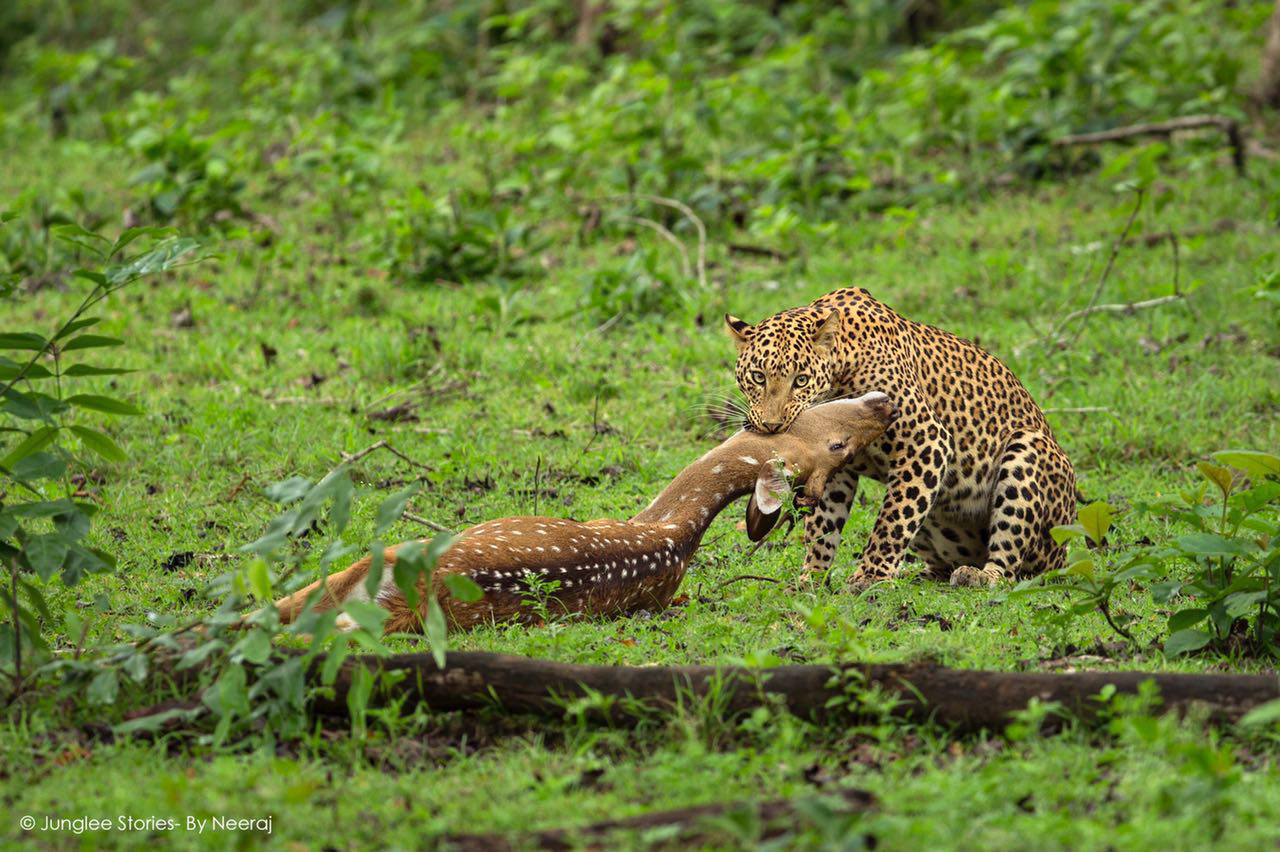
A BRIEF DESCRIPTION ABOUT LEOPARD:
The Leopard (Panthera pardus) (English pronunciation: /ˈlɛpərd/) is one of the five "Big cats" in the genus Panthera. It is a member of the family Felidae with a wide range in sub-Saharan Africa and parts of Asia. Fossil records found in Italy suggest that in the Pleistocene it ranged as far as Europe and Japan.
Compared to other members of Felidae, the Leopard has relatively short legs and a long body with a large skull. It is similar in appearance to the Jaguar, but is smaller and lightly built. It's fur is marked with rosettes similar to those of the Jaguar, but the Leopard's rosettes are smaller and more densely packed, and do not usually have central spots as the Jaguar's do. Both Leopards and Jaguars that are melanistic are known as Black Panthers.
The Leopard's success in the wild is due to its well camouflaged fur and it's opportunistic hunting behaviour, broad diet, and strength to move heavy carcasses into trees. Ability to adapt to various habitats ranging from rainforest to steppe and including arid and montane areas; and run at speeds up to 58 kilometres per hour (36 mph).
It is listed as vulnerable on the IUCN Red List because Leopard populations are declining in large parts of their range. They are threatened by habitat loss and pest control. Their habitats are fragmented and they are illegally hunted so that their pelts may be sold in wildlife trade for medicinal practices and decoration. They have been extirpated in Hong Kong, Singapore, Kuwait, Syria, Libya, Tunisia and most likely Morocco.
